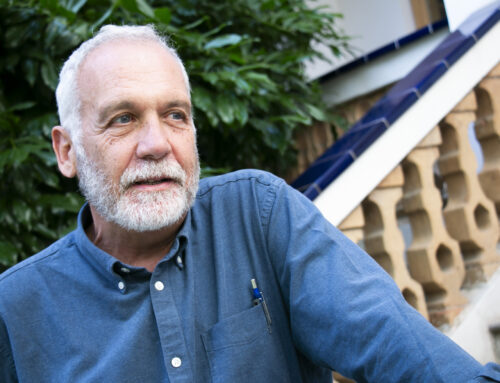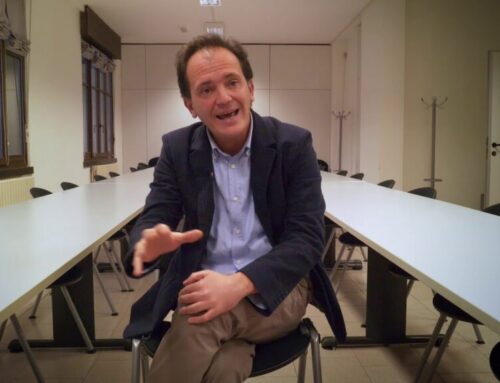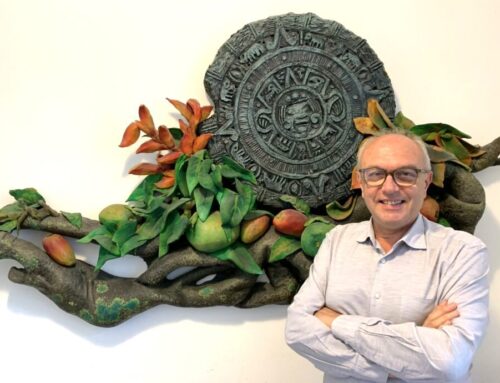The manifesto of the new tourism.
Participate by discussing and integrating the five points proposed here
These are the first lines of a ‘manifesto for a new tourism’, where the host and the guest converse and exchange experiences, not exclusive but on the contrary a promoter of integration between different cultures, stimulating local experiments and with slow times, dictated by nature, with attention to storytelling, memory formation, the ability to enjoy emotions outside social….participate…call to action…
—
- The deepest and most memorable emotional and cultural involvement of visitors occurs when the host received also becomes to some extent the host-receiver (and it is no coincidence that in Italian one word means both actors at play in the event of the visit). The distance between the inhabitant who receives and the visitor who is received must be reduced as much as possible until it can be thought of as interchangeable, leading the visitor on the one hand to interact with the territory like the inhabitant, following at least a little of its daily activities, and on the other hand to give dignity to the visitor’s account of his or her experiences. This will bring new horizons to the local audience, and vice versa the local experiences will bring a new way of perceiving everyday life to the visitor. Thus Odysseus thanks the hospitality of Alcinous, the father of Nausica, with the tale of his own journey and knowledge, but he hears from him the story of his kingdom. It is a practical test of the capacity for cultural exchange, and in the first stage it matters little whether this is a simplified version of real practices or a dissemination of complex knowledge, as long as it is effective and engaging for both and in particular is perceived as a reciprocal gift, overcoming the unequal exchange to which capitalism and colonialism have condemned us for centuries in every relationship between different places (we are at the gift of the first Baudrillard).
- The logic of the “exclusive” performance that makes people enjoy (perhaps) only some physical aspect of the heritage should be reversed, offering instead an inclusive approach, in which the visitor systematically intercepts the “active landscape”, formed by those who by institution, volunteerism or profession are concerned with the territory, its products, its memories, its management, and who can therefore present completely different and unexpected aspects of places and points of view.
It is one of the most effective ways to stimulate the understanding of complexity, which must be perceived as a co-presence of elements of the heritage and activities that substantiate the territory, stimulating a synthesis to be recomposed like a Lego not bound to a model, in which everyone can put together differently the pieces of a reality that is difficult to grasp at once. In this sense, the “exclusive” service is incapable of offering the richness of inclusive and shared ones: for the visitor it is costly and serves only to confirm his or her expectations, depriving the user of the pleasure of discovery and serendipity.
- Inclusive provision is by definition slow: it happens by occupying time, which allows experiences to settle, gives space for questions, allows for evidence. Only in this way can encounters with the “active landscape” activate an indispensable skill: cultural curiosity, the desire to know more, following the classic research mode to explore complexity, in which the co-presence of knowledge, from oral to specialized outcome of scientific investigations participate in delineating an image, an overall sense of places that each person must feel free to define with the contributions he or she considers, knowing however that he or she participates in a great work in progress, open to new explorations that lead to new knowledge.
- the scale of exploration must at first be within the reach of the senses and small projects, since it is much easier to share aspects of places, activities, and stories if they are commensurate with one’s capacity for vision and action. One comes in stages to share and be excited by complex landscapes and long projects, which are generally unexciting even if they are the important ones for the area. In the beginning, the new visitor looks for aspects he can identify with, within his reach. So favorite destinations of the new tourism in the first phase are not the center of Paris or St. Peter’s but the vineyard replanted with historic cultivars rediscovered by adventure, the flood-disrupted trail reopened with the corvées of all volunteers, the chapel restored with a technique rediscovered by a local craftsman.
- The modes of storytelling, and place memory formation in general must be open and leave room for subjective interaction. They count images more than words, fragmentation and the art of collage more than systematic fresco, surprise more than preparatory information: they start from the consideration that the new tourist likes to feed on culture but wants to pincar for tapas more than scroll through a set menu.
But above all, there is a need to empower (both host and guest) of the narrative of place, including by devoting space and time to “didactic” experiments, so as to also ethically legitimize the interpretive subjectivity that is implicit in the relationship between gesture and regest, between experience and narrative, between emotion and rationality.
Having verified the impossibility of a documentary restitution of places without subjective and emotional vision, it is necessary to make visitors competent to listen and inhabitants competent to narrate in performances of “conscious storytelling,” which highlights and gives explicit meaning to interpretive aspects and qualifies experience as a privileged space of not only personal knowledge and judgment but also of others interested in comparing subjectivities.
In short, the approach to unfamiliar territories (whether tourism or migration, the goal should be the same) active, local, slow, curious and cooperating between host and guest is not only certainly a source of qualified local development, but is also an inclusive and pacifying form of knowledge, finally desirable and shareable even by the new generations of inhabitants of the planet.
—



